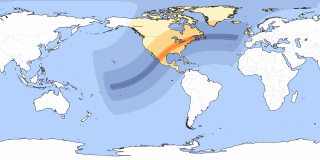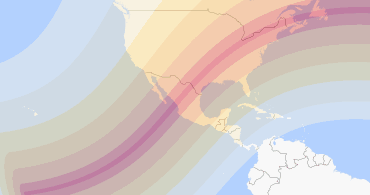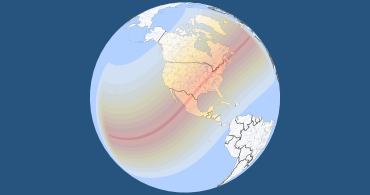Apr 8, 2024 at 12:25 pm
Max View in Tuba City, Arizona
| Global Event: | Total Solar Eclipse |
|---|---|
| Local Type: | Partial Solar Eclipse in Tuba City, Arizona |
| Began: | Mon, Apr 8, 2024 at 11:15 am |
| Maximum: | Mon, Apr 8, 2024 at 12:25 pm 0.672 Magnitude |
| Ended: | Mon, Apr 8, 2024 at 1:39 pm |
| Duration: | 2 hours, 24 minutes |
All times shown on this page are local time. | |

Protect Your Eyes! Find out how to safely watch solar eclipses here
Never look directly at the Sun without proper eye protection. You can seriously hurt your eyes, and even go blind… read more
Eclipses and Transits Visible in Tuba City
| Eclipse Visibility From Tuba City | Visibility Worldwide | ||
|---|---|---|---|
| Mar 3, 2026 Total Lunar Eclipse | Total Lunar Eclipse |  | |
| Aug 27–28, 2026 Partial Lunar Eclipse | Partial Lunar Eclipse |  | |
| Aug 16–17, 2027 Penumbral Lunar Eclipse | Penumbral Lunar Eclipse |  | |
| Jan 11, 2028 Partial Lunar Eclipse | Partial Lunar Eclipse |  | |
| Jan 26, 2028 Partial Solar Eclipse | Annular Solar Eclipse |  | |
Note: Click on the date link for details in Tuba City, or the path map image for global details. | |||
Next annular eclipse visible in Tuba City


